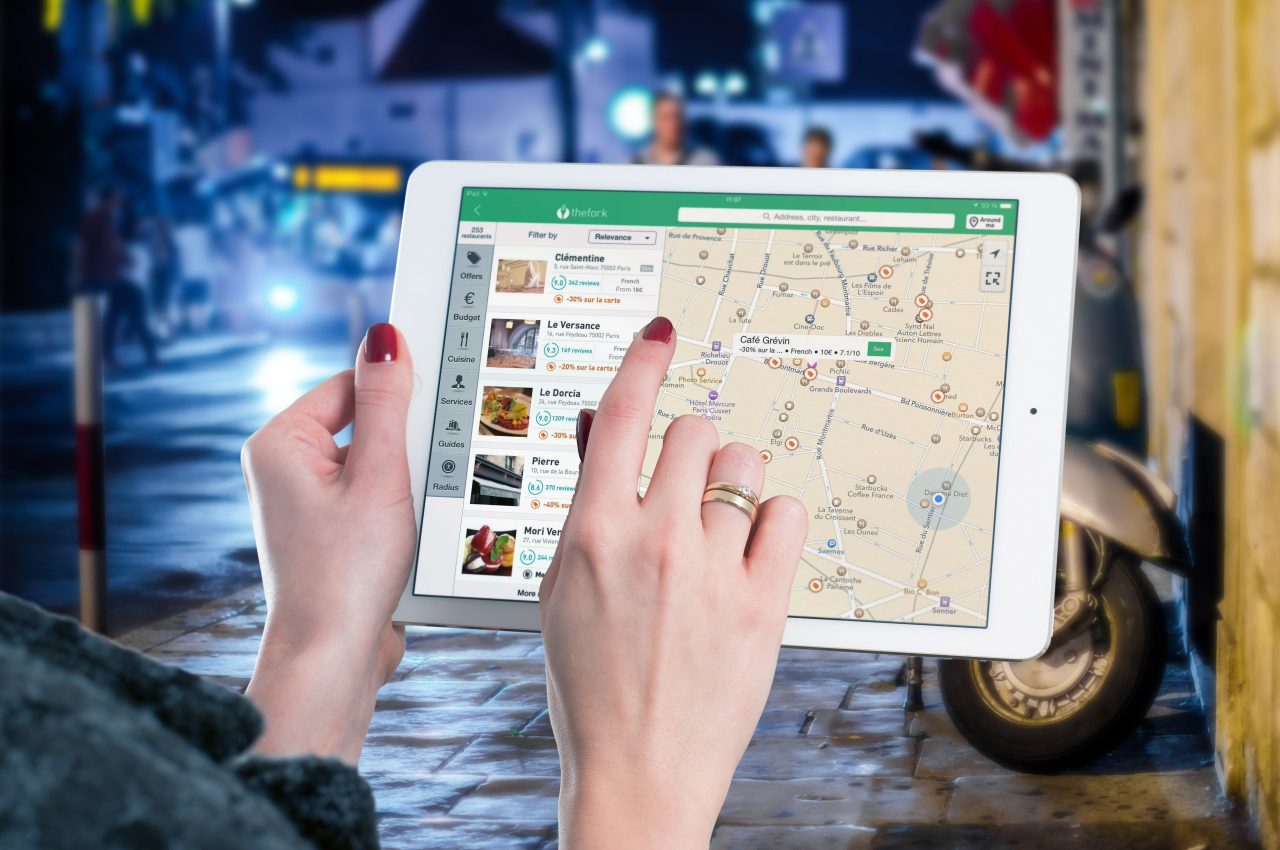In an era driven by digital connectivity, the term “Fiber-to-the-Home” (FTTH) has become increasingly prominent. As the demand for high-speed internet continues to surge, understanding the intricacies of FTTH is crucial. This guide aims to demystify FTTH, exploring its benefits, the technology behind it, and why it’s a game-changer for how we connect and communicate.
The Basics of FTTH
Fiber-to-the-Home is a cutting-edge broadband internet technology that brings optical fiber cables directly to residential buildings. Unlike traditional broadband services that rely on copper cables, FTTH leverages the speed and efficiency of light signals traveling through glass fibers. This direct connection to homes allows for unparalleled internet speeds, reliability, and the capacity to handle the increasing demands of modern digital lifestyles.
The Technology Behind FTTH
FTTH operates on the principle of transmitting data as pulses of light through hair-thin glass fibers. These fibers, made of materials like silica, offer incredibly high bandwidth and low signal loss. Optical Network Terminals (ONTs) installed in homes convert these light signals into the data that our devices can interpret. The use of light signals enables FTTH to provide symmetrical speeds—high upload and download speeds—which is crucial for activities like video conferencing, online gaming, and streaming high-definition content.
Benefits of FTTH
- Blazing Fast Speeds: FTTH offers gigabit and beyond speeds, ensuring swift and seamless internet experiences.
- Reliability: Fiber optics are not susceptible to electromagnetic interference, providing a stable and reliable connection.
- Low Latency: The low latency of FTTH is particularly advantageous for online gaming, video conferencing, and other real-time applications.
- Scalability: FTTH is scalable, capable of meeting the growing bandwidth needs of future technologies without requiring major infrastructure upgrades.
- Enhanced User Experience: Whether streaming 4K content, working from home, or enjoying virtual reality, FTTH delivers an enhanced online experience.
- Increased Property Value: Homes with FTTH infrastructure often have increased market value due to the high-quality internet service available.
Deployment Challenges and Solutions
While the benefits of FTTH are clear, its widespread deployment faces challenges such as high upfront costs and the need for extensive infrastructure. Governments, service providers, and communities are working together to overcome these challenges through public-private partnerships, incentive programs, and streamlined installation processes. As technology advances and the demand for high-speed internet grows, overcoming these challenges becomes paramount for ensuring universal access to FTTH.
In the fast-paced world of digital communication, Fiber-to-the-Home stands as a beacon of connectivity, offering unparalleled speed, reliability, and scalability. Understanding the technology behind FTTH empowers individuals and communities to embrace the digital future with confidence. As deployment challenges are addressed, FTTH has the potential to revolutionize the way we live, work, and connect, ushering in an era where high-speed internet is not just a luxury but a fundamental necessity for the modern household.
Contact Linden Photonics to get a quote or Call Us at (978) 392-7985

